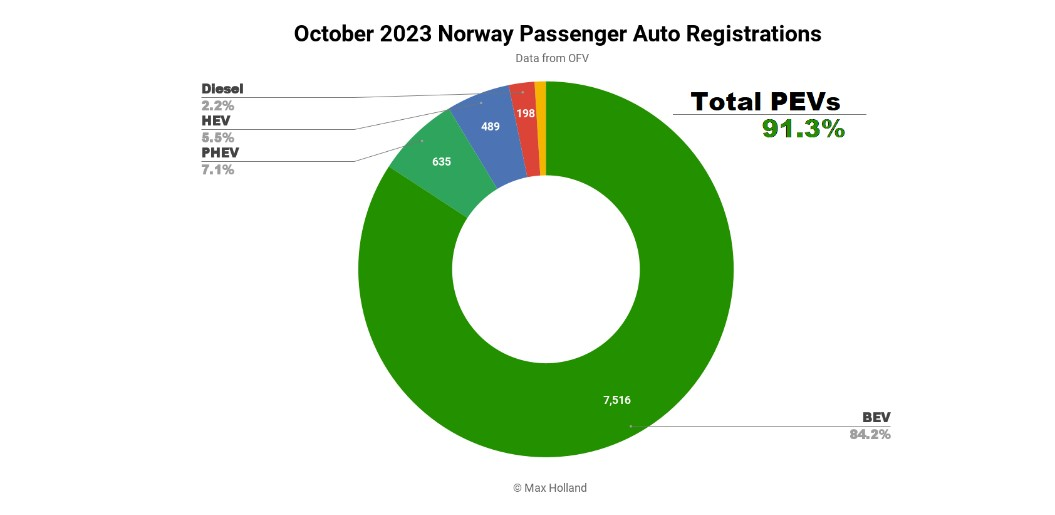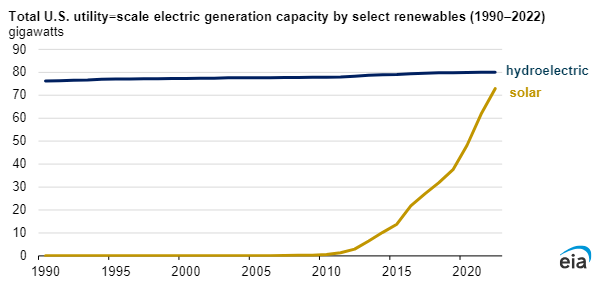Dueling Banjo’s: Dueling Energy Report and Giant Oil’s Response
The 1972 movie, “Deliverance”, written by James Dickey, was based on his own novel from 1970 with the same title. The movie opens with the tuneful music of Arthur Smith, “Dueling Banjos”. And now, according to a review in the Guardian on 30 Jul 2022, 50 years after the movie was released, the banjo and acoustic guitar that dueled in the music featured in the film, in part symbolizes the conflict and opposing views of many aspects of our society today.
And so it is, with a recently released energy and fossil fuel report, and news of large mergers and acquisitions by Exxon Mobil and Chevron.
The IEA [International Energy Agency] report was issued on 24 October 2023. The 354-page World Energy Outlook report on global energy trends concludes that fossil fuel use [coal, oil, and gas] will peak by 2030 due in part to the surge in sales of electric vehicles and use of renewable [solar and wind] energy. Note the graph with two lines. The top line, “Fossil fuels”, intersects with the “Solar and wind” generation in about 2030 where it will no longer be the dominant form of energy. The shaded area on the right where the curves intersect is the forecast uncertainty and will depend on the actions and decisions, we all make, or don’t make, today.
The full report [any search engine will do] has an Executive Summary that covers a lot of issues and is very readable. A global review of energy needs, and consumption patterns, has many facets to consider but the IEA report makes a very strong case for its overall assessment.
And then we have a country like Norway that could set the example for us all. Positive government policies, an informed electorate, and an understanding of the science of climate chaos makes a big difference.

Europe and China lead the world in both the manufacture, and sales, of electric vehicles. With recent investments by the car majors in the next few years the U.S. will join the club.
The circular graph by Max Holland [cleantechnica.com] titled, “October 2023 Norway Passenger Auto Registrations” is a case in point. While Norway is a small country population wise, the penetration of electric vehicles sales is nothing short of amazing. The graph indicates that 91.3% of all new auto registrations for October 2023 were PEVs [plug-in electric vehicles]. Of that amount 84.2% were full battery only [BEV], and another 7.1% were plug-in hybrids [PHEV – gas and electric].
And now, for the opposing, or dueling, point of view.
A day or two before the IEA report the oil giants Exxon Mobil, and Chevron, announced big acquisition deals. They made deals to spend more than $50 billion each to buy smaller fossil fuel companies. They are doubling down on drilling for more oil and gas, far into the future. The warming climate and its global impact do not factor into the boardroom decisions and business plans at this time. They bet that the ongoing energy transition to renewables will happen much more slowly, and that our appetite for gasoline in our pickup trucks, SUV’s and more, will be here for some time.
See the photo of a “pumpjack” used to extract oil from underground somewhere in one of the many oil fields in the southwest. Photo provided by The Energy Mix Productions.

But then, just to complicate things a little more, the U.S Energy Information Agency just issued its Annual Solar Electricity report. They predict that in 2024 solar energy production will surpass that of hydropower.
This is a big deal!
The U.S. has, for over a century, placed dams on most of the country’s rivers. There is not much left to dam. Boulder dam in Colorado may be one of the most well-known.
An interesting graph here has the title, “Total U.S. utility-scale electric generation by select renewables [1990 – 2022].” The almost horizontal line near the top is labeled “hydroelectric” and very little growth in power generation [in gigawatts] is noted. The lower line that rises sharply from about 2015 on is labeled “solar.” It is this rapid growth in solar generated electricity [along with wind, not shown here] that shows promise for the conclusions in the IEA report. And, that growth is not expected to stop.

So, which prediction will prevail? More fossil fuels or more renewables?
We all have a role to play.
And so it goes ....
The scientific career of Raymond N. Johnson, Ph.D., spanned 30 years in research and development as an organic/analytical chemist. He is currently founder and director of the Institute of Climate Studies USA (www.ICSUSA.org). Climate Science is published monthly.
Menu



